Lesser-Known Cannabinoids: A Beginner’s Guide
January 14, 2022
THC is not the whole story!
Whenever we are packaging up a harvested lot, samples are sent to a Health Canada-licensed lab for analysis.
In addition to the two main cannabinoids – THC and CBD – the full lab report offers a more detailed cannabinoid breakdown.
For example, the lab report for a recent harvest of Gorilla Berry indicates that 25.85% of the sample came back as THC, and 0.05% was CBD.
But those aren’t the only cannabinoids listed.
The full cannabinoid profile also indicated there was 0.06% CBDA and .65% CBGA.
The line for CBN indicated “Below Detectable Limits,” which is a good sign it was finished and stored properly (for reasons you will discover below).
Most consumers are aware of THC and CBD in cannabis, but the minor cannabinoids remain uncharted territory for a lot of folks.
The ABCs of CBGA & Other Emerging Cannabinoids
Cannabinoids are compounds produced by the cannabis plant that interact with a network of receptors and transmitters in the human body known as the endocannabinoid system.
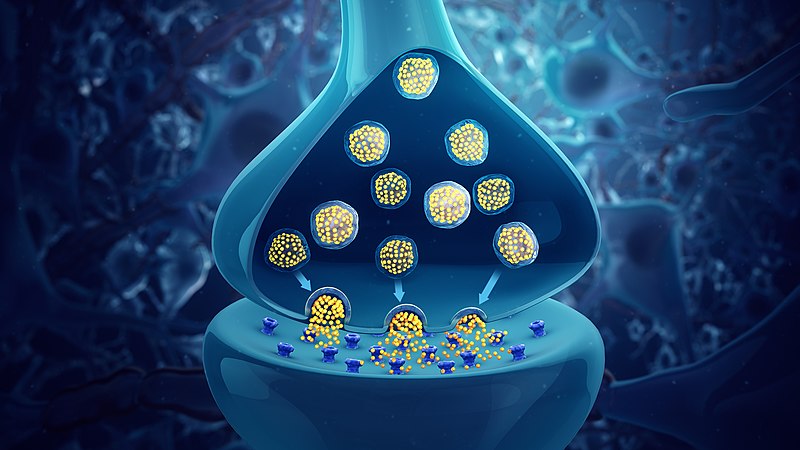
When most cannabis consumers are asked to name their favourite cannabinoid, they’ll almost always reply with one of these two responses:
“THC” or “CBD”
For decades after its first identification in 1964, THC (aka Δ9–tetrahydrocannabinol, aka Delta-9 tetrahydrocannabinol) sat all on its own as the ruling King of Cannabinoids.
Today, there are still many cannabis consumers who don’t look past the THC levels on the label of a cannabis product, with many turning their noses up at any flower clocking in at under 20% THC.
Most recently, CBD (aka cannabidiol) has been gaining a lot of ground on THC in terms of popularity.
This has largely been due to the appeal of its non-intoxicating effects combined with promises of a myriad of not-yet-entirely-proven health benefits.
Even though most consumers have chosen either THC or CBD as their cannabinoid of choice, the cannabis plant actually produces at least 113 different types of unique cannabinoids.
Outside of CBD and THC (and their precursors), most of the chemical compounds that interact with the human endocannabinoid system are usually produced only in very small quantities by cannabis plants.
At least for now!
In our quest to harness the maximum potential of the cannabis plant, GreenSeal’s innovation team has been identifying certain cultivars with higher levels of the lesser-known cannabinoids.
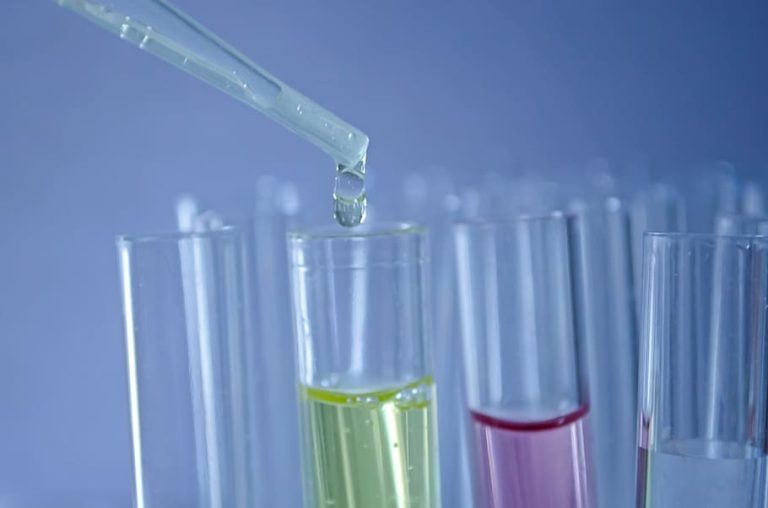
Using a combination of traditional genetic selection techniques and proprietary scientific advancements, we’re working on potentially dialing-up the levels of these lesser-known cannabinoids in the cannabis we cultivate.
In anticipation of these small-time cannabinoids soon hitting the big-time, we thought it would be helpful to offer a beginner’s guide to some of the lesser-known cannabinoids out there.
Where it all begins: Cannabinoid Acids
This is going to sound paradoxical, but the cannabis plant itself doesn’t actually produce THC or CBD.
What it does naturally produce (or “synthesize”) are several types of cannabinoid acids, a couple of which can be converted to THC or CBD by exposing them to heat.
This process is known as “decarboxylation,” whereby the acidity of the original plant-produced chemical is rendered neutral through the removal of a carbon atom (which is released as CO2 upon heating).

CBGA (Cannabigerolic acid): The mother of most cannabinoids. The majority of the 113 (and counting!) cannabinoids in the cannabis plant have one thing in common: most started out as CBGA.
Cannabigerolic acid is a non-psychoactive cannabinoid and serves as the precursor to THCA, CBDA, and CBCA.
CBGA has been described as the “parent” or “granddaddy” compound from which almost all other cannabinoids are synthesized (the exceptions are those with a “V” in their acronym, see more below).
CBGA is produced in the trichomes of the cannabis plant and different chemical reactions result in its eventual formation into THCA, CBDA, and CBCA.
Although its non-acidic form (CBG or cannibigerol, more on that below) was discovered more than 50 years ago, it took 30 more years for researchers to realize CBG wouldn’t exist without first appearing as CBGA.

CBGVA (Cannabigerovarinic acid): Another building block for cannabinoids. Along with CBGA, the other naturally occurring ‘parent cannabinoid’ is CBGVA (which is much easier to pronounce than “Cannabigerovarinic acid”).
As a cannabis plant grows to maturity, the naturally occurring CBGVA synthesizes into THCVA (see more below), CBDVA, and CBCVA.
Without getting too technical, the cannabinoids with a “V” contain divarinolic acid, which results in their having two fewer carbon atoms than the rest of the non-“V” cannabinoids.
Cannabinoids containing the “V” for divarinolic acid all descend from CBGVA, while all the rest are descended from CBGA.
You can’t get THC or CBD without THCA or CBDA first
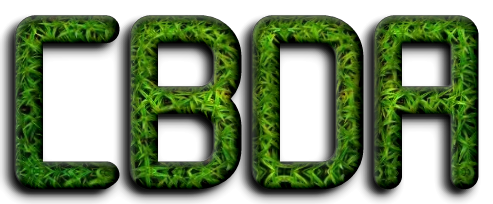
CBDA (Cannabidiolic acid): Transformed into CBD upon heating. Think of it this way: CBDA is to CBD what THCA is to THC.
When subjected to heat, the acidic precursor CBDA chemical compound loses a carbon molecule, which renders it into the well-known neutral cannabinoid form of CBD.
High CBD cannabis strains contain high levels of CBDA in their live plant form.
When dried slowly over time CBDA converts naturally to CBD.
This process is hastened along via heat exposure (decarboxylation) by smoking, vaping, or through gently heating CBDA product (as per the oven-heating process outlined above for THC).
CBDA has even more bioavailability than CBD, which means the body can metabolize it more quickly and with less effort than its decarboxylated form.
Our Top Four Up-and-Coming Cannabinoids: CBG, CBC, CBN & THCV
Now let’s turn to some of the less well-known cannabinoids found in smaller amounts in many cannabis plants.
Although these might only be detected at trace levels in current cannabinoid plant tests, research is underway to determine the potential benefits as well as techniques for producing higher quantities of these compounds.
There is also research being conducted to better understand what has been widely theorized as the “entourage effect,” whereby multiple cannabinoids are thought to interact with one another to produce outcomes they could not achieve on their own.

CBG (Cannabigerol): At its peak weeks before the end of the flowering period. When the mother compound CBGA isn’t exposed to the enzymes that convert it into acidic cannabinoids like THCA and CBDA, it can itself become decarboxylated into its neutral CBG form.
Breeders and scientists have noted CBG is detected at its highest concentration in budding plants at week 6 of the typical 8-week flowering period.
Since CBG is completely non-psychotropic, it is receiving a lot of attention from researchers interested in identifying and taking advantage of its potential medical applications.

CBC (Cannabichromene): No, not brought to you by the Canadian Broadcasting Corporation. Discovered 50 years ago, CBC is only now getting attention as a prominent cannabinoid in medical research.
CBC is non-psychoactive and does not influence the psychoactivity of THC.
It is more common in tropical plant varieties; some breeding programs have been successful in creating higher CBC strains.
Similarly to how CBD and THC are synthesized, CBC is created when CBCA (which is descended from the mother compound CBGA) is exposed to heat.
While researchers are looking into the effects of CBC all on its own, there are also theories being tested on its contribution within the collective “entourage effect” mentioned above.
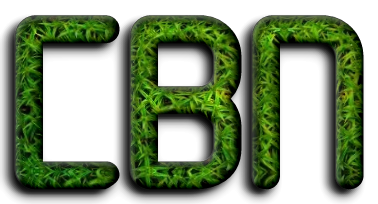
CBN (Cannabinol): The breakdown product of THC. If THC is exposed to light and/or oxygen (which usually takes place slowly over time), it degrades into a whole new cannabinoid compound known as CBN.
For this reason, there is usually no CBN found in a live or freshly harvested cannabis plant.
You are more likely to find higher levels of CBN in dried cannabis that’s been stored for a long period of time or exposed to air or light for an extended time.
When THC degrades into CBN it loses its psychoactivity.
Remember when we mentioned a finding of “Below Detectable Limits” for CBN in our recent Gorilla Berry harvest was a good sign?
It means it wasn’t exposed to too much air, heat, or light during our slowed, controlled post-harvest process.
Research on the effects of CBN is limited, but there are studies underway to test both its individual effects and the effects it has when combined with other cannabinoids.
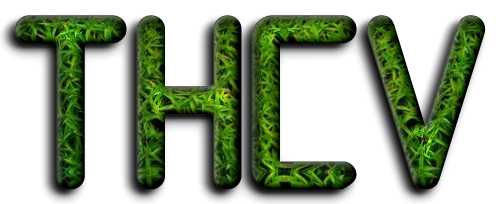
THCV (Tetrahydrocannabivarin): Similar (but different) to THC. Just as THC comes from heating THCA, and CBD comes from heating CBDA, THCV is created via the heating of THCVA (which – if you’ve been paying attention to all these acronyms! – is itself is derived from the original parent compound CBGVA).
Although it looks a lot like THC in its chemical composition, THCV is considered an “antagonist” of THC because it blocks its ability to connect with certain connectors in the endocannabinoid system.
For this reason, researchers are looking into THCV’s ability to moderate some of the potentially less desirable effects of THC (such as suppressing the well-known appetite stimulation effect of the “munchies”).
THCV is most prevalent in certain central Asian and southern African cannabis strains.
Coming Soon: The Brave New World of Cannabinoids
After reading this guide, we would certainly understand if you’re finding yourself getting tired of acronyms.
But the reality is, you’d better get used to hearing more about THCV, CBN, CBC, and CBG!
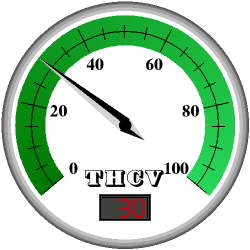
As more and more research is conducted to study the effects of these lesser-known cannabinoids (and techniques are developed to dial-up specific cannabinoids in new strains or products), they could someday become as well known as THC and CBD are today.
Do you have any experience with, or knowledge about, specific cannabinoids?
Are there any of the 113 identified cannabinoids we missed but you think will become important?
Do you know any rare strains that feature high levels of the minor cannabinoids we’ve discussed here?
Let us know in the comments below!
